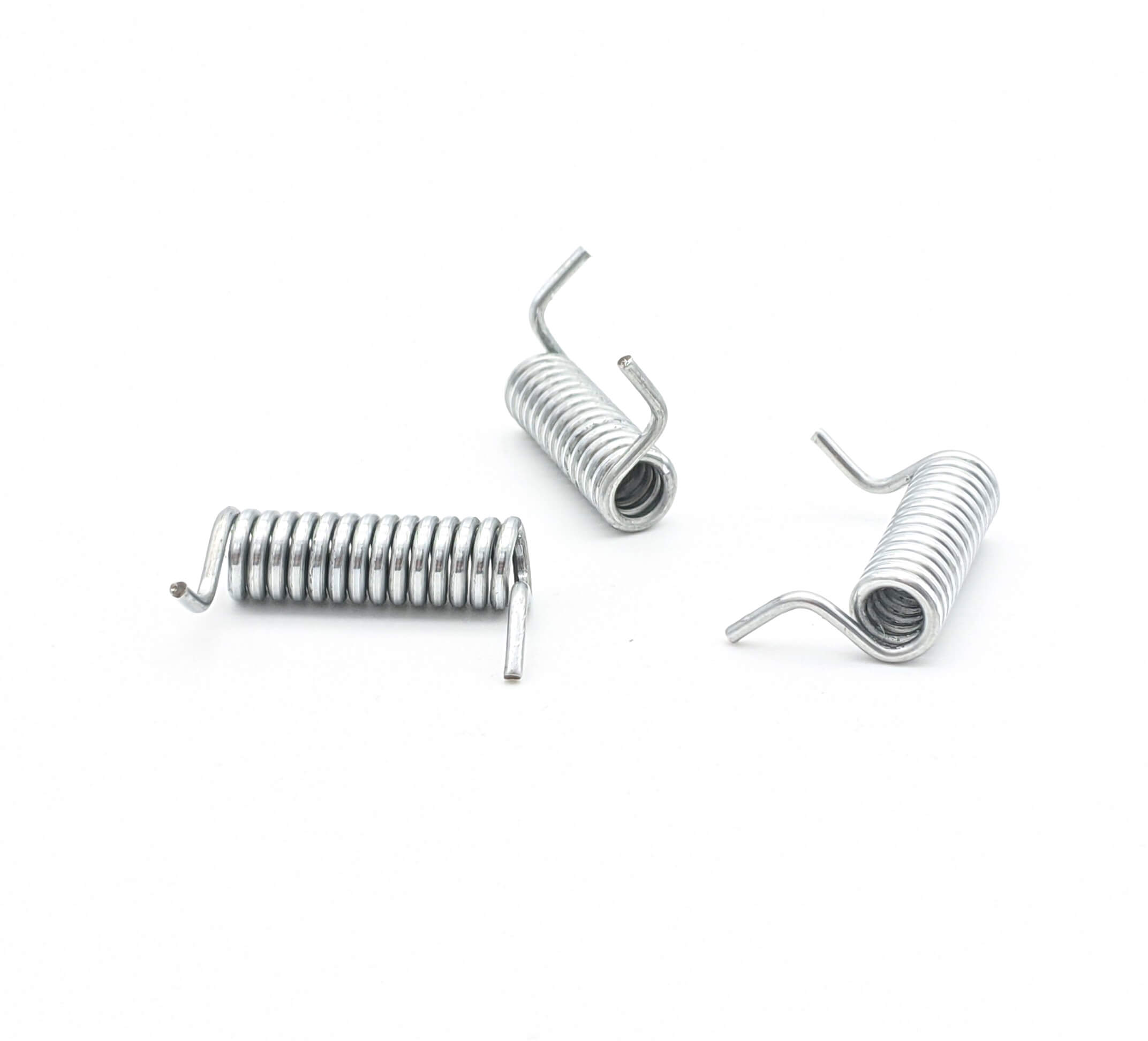Get unique, complex parts easily. No matter your requirements, Chaoyi Spring creates hard-to-produce coil springs and wire forms.
Let us help you create the custom wire form you need, from S-hooks and J-hooks to utility hooks and more.
We work closely with customers across a wide range of industries, helping them design and manufacture made-to-order parts.
Why choose Chaoyi Spring? We prioritize customer-focused collaboration, modern equipment and the latest technology to make your parts per print.
Find the information and guidance you need, from measuring a spring to learning about materials, placing an order and much more.
When it comes to mechanical engineering, springs play a crucial role in countless applications. From simple door hinges to complex automotive suspension systems, springs provide the essential force to power,


When it comes to mechanical engineering, springs play a crucial role in countless applications. From simple door hinges to complex automotive suspension systems, springs provide the essential force to power, control, and support various mechanisms. Among the diverse types of springs, tension springs and torsion springs stand out as two widely used and versatile options. Each spring type possesses unique characteristics and functions, making the choice between them a critical decision based on the specific requirements of the application. This article delves into the intricacies of tension and torsion springs, highlighting their key differences, advantages, and applications. By understanding these nuances, engineers and designers can make informed decisions to select the optimal spring for their projects.

Tension springs are designed to exert a force when stretched or extended. They are typically coiled in a helical shape and are characterized by their ability to store potential energy when stretched and release it upon contraction. Imagine a simple rubber band; as you stretch it, you are storing energy, and when released, the band recoils, releasing that stored energy. This is the fundamental principle of tension springs.
These springs find widespread applications in various industries, including:
In contrast to tension springs, torsion springs are designed to exert a force when twisted or rotated. They are also coiled in a helical shape, but their primary function is to store and release energy when subjected to a twisting motion. Think of a wind-up toy; the spring inside stores energy when twisted, and that stored energy is released as the toy rotates.
Torsion springs are employed in a wide array of applications, including:
The fundamental difference between tension springs and torsion springs lies in their primary function and the type of force they generate. Tension springs are designed to resist stretching forces and store potential energy when extended, while torsion springs are designed to resist twisting forces and store potential energy when rotated. Here's a table summarizing the key differences:
| Feature | Tension Spring | Torsion Spring |
|---|---|---|
| Primary Function | Resists stretching forces | Resists twisting forces |
| Energy Storage | Stored when stretched | Stored when twisted |
| Load Application | Axial force | Torque |
| Typical Applications | Automotive suspension, appliances, industrial machinery | Door hinges, garage door openers, clock mechanisms |
The choice between a tension spring and a torsion spring depends heavily on the specific requirements of the application. Here are some key factors to consider:
Selecting the right spring is a crucial step in ensuring the optimal performance and longevity of any mechanical system. While both tension springs and torsion springs offer valuable functionalities, understanding their key differences and application-specific factors is essential for making informed decisions. By carefully considering the force requirements, space limitations, load, environmental conditions, and cost, engineers and designers can confidently choose the most suitable spring for their projects, maximizing efficiency and minimizing potential issues. Remember, consulting with a spring specialist can provide valuable insights and ensure the best possible results for your specific needs.
In the world of mechanical engineering, choosing the right spring can mean the difference between a smoothly operating system and a malfunctioning one. When faced with the decision between a tension spring and a torsion spring, remember to consider the force requirements, space constraints, load capacity, environmental conditions, and cost. By meticulously evaluating these factors, you can confidently select the spring that perfectly suits your application, ensuring optimal performance and longevity. The journey towards selecting the right spring starts with a clear understanding of your needs and a commitment to exploring the available options.
Browse some of the custom wire forms and springs that we manufacture. Don’t see what you need? We specialize in made-to-order products that meet your application requirements.
Visit Our GalleryNeed a custom wire form or coil spring? We make it work. Fill out the contact form and a representative will respond within 1 business day. If you have a PDF or CAD file, you can submit to request a quote.